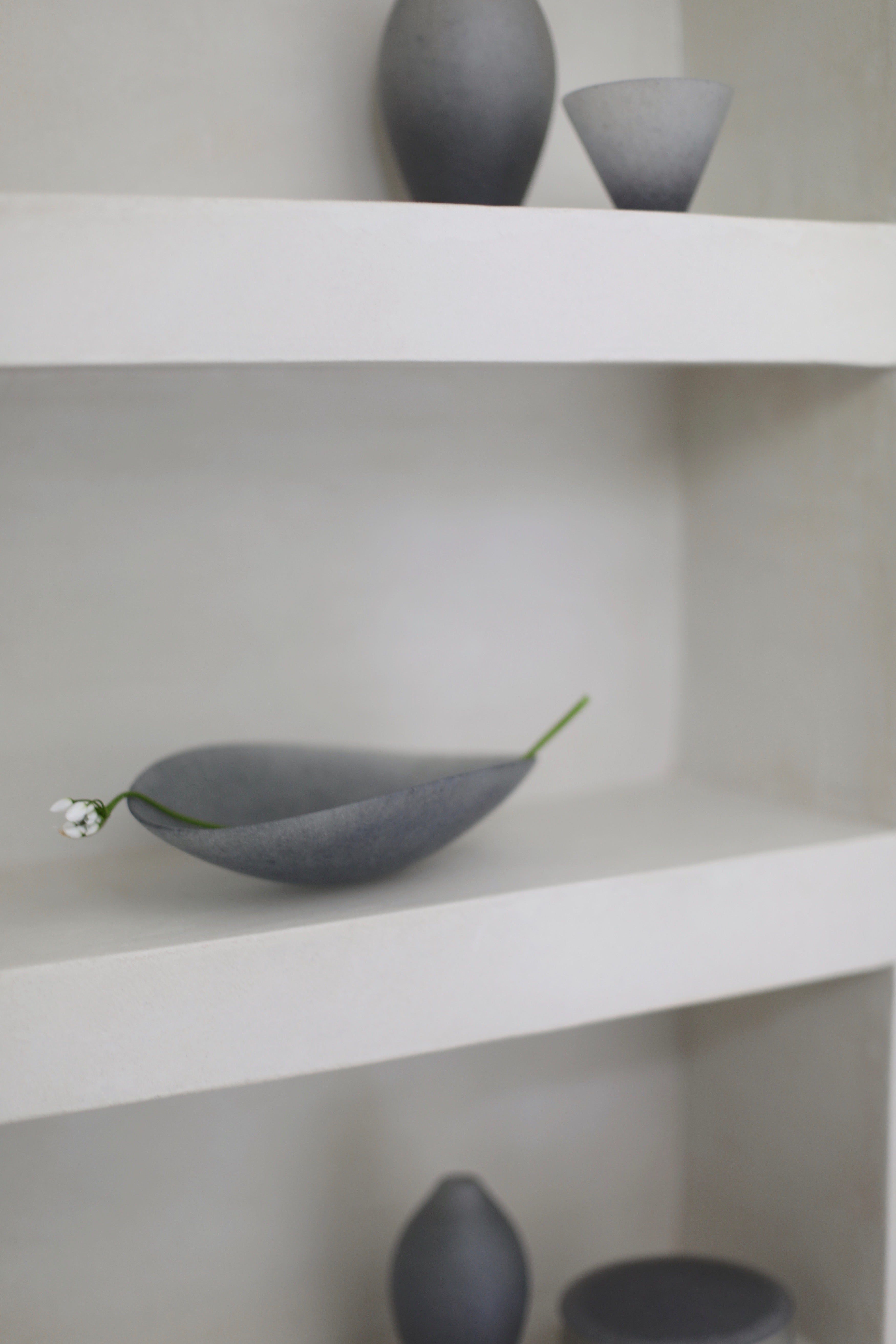Shibui is a Japanese word which refers to a particular set of zen design principles, favoring subtle and unobtrusive beauty. Originating in the Muromachi period (1336–1392), the term originally referred to a sour or astringent taste, such as that of an unripe persimmon. Shibui objects often include tiny and surprising details--such as asymmetry or juxtaposing textures--which balance simplicity with complexity. They can be static yet dynamic, spontaneous yet restrained, or modest yet elegant.
We do not tire of a shibui object. Instead, we treasure it for generations to come, spotting new elements of interest each and every day. Sometimes, we may even have a sneaking suspicion that the object has a life of its own, so rich is the story of its creation.

Akiko Hirai's Tsbuo Pot has a thousand stories to tell. Available exclusively at our Hampstead store. £1350.
One of the main shibui concepts is Fukinsei, or Imperfection. We can see this most beautifully in the ancient Japanese art of Kintsukuroi, which translates as Golden Repair. This the practice of fixing broken pottery using a lacquer dusted with powdered gold, silver, or platinum. Beautiful seams of gold glint in the cracks of ceramic, emphasizing fractures and breaks instead of hiding or disguising them. Though the technique is largely visual, it actually diverts attention away from the sheer appearance of the object, and instead draws attention to the life it has lived.
Abigail Schama migrated from painting to pottery, and now hand-throws beautiful bowls speckled with subtle splashes of gold. These pieces, she says, are about imprinting the imperfect, the unexpected and the unrepeatable marks of a human hand on the most primal and unchanging material.

Abigail Schama's creations are paved with gold. Available online and instore. £320.

